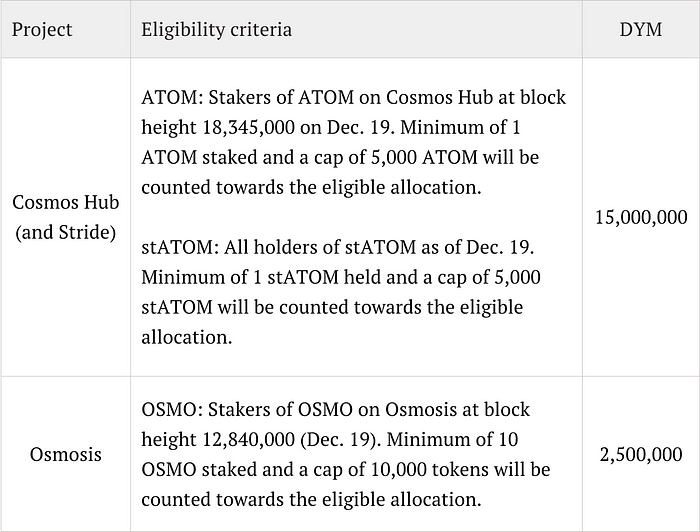EIP-1559 was introduced to Ethereum last month with the intention of slowing the rate at which the cryptocurrency's supply grew. The supply of ETH, however, has not increased in the recent 24 hours. It's becoming more and more slender.
Over the last 24 hours, the network has burned more Ethereum than it has produced, implying that there is less Ethereum accessible today than yesterday. This, according to Ethereum specialists, is a first.
EIP-1559 was a proposed Ethereum blockchain coding modification that would allow block sizes to be increased, allowing for more transactions to be sent across the network. Because NFTs and decentralized finance apps like loan protocol Aave and exchange Uniswap eat up the network's restricted resources, the Ethereum network has struggled with congestion.
A flat fee for each transaction was proposed as part of the plan. The base fee would be burned (i.e., removed out of circulation by being delivered to a wallet that can't be accessed) instead of continuing to flow to miners who validate network transactions. The goal was to lower the overall amount of Ethereum, which, unlike Bitcoin, does not have an end date. As a result, Ethereum's price should potentially grow in order to meet demand.
While EIP-1559 slows the growth of ETH supply, it does not necessarily diminish the amount of ETH on the market. Because miners keep the newly mined ETH with each block produced, this is the case. The overall supply of ETH increases as long as the amount of newly minted ETH exceeds the amount of base fees burned.
That isn't the case anymore, at least not in the present.
The supply growth went negative over a 24-hour period between Thursday and Friday. More ETH was destroyed than was issued to miners (12,500 to 13,000 ETH). During moments of higher demand for Ethereum transactions, the base cost may move upward, causing this. (Did you put your money into DeFi?) Buying NFT's? Gaming?)
According to Scott Lewis, co-founder of DeFi Pulse, and Evan Van Ness, co-founder of Week in Ethereum News, this is the first time Ethereum has gone deflationary.
According to EIP-1559 tracking website Ultrasound Money, since the code patch went into effect on August 5, almost 188,000 ETH has been burned. That works out to $736 million, according to Nomics' pricing.
The price of the currency has risen as a result of the move. Ethereum has increased by 56 percent in one month, from $2,516 on August 4 to $3,926 today.









No comments:
Post a Comment
Note: only a member of this blog may post a comment.